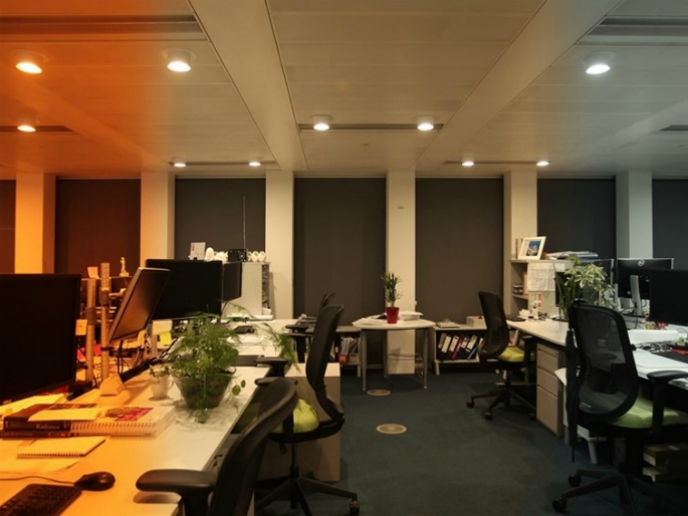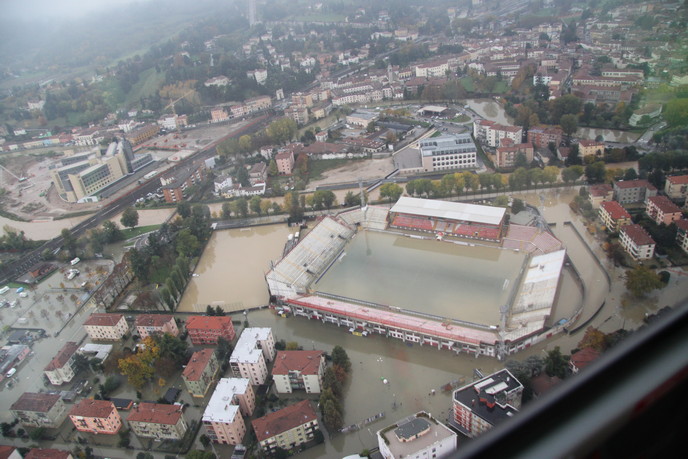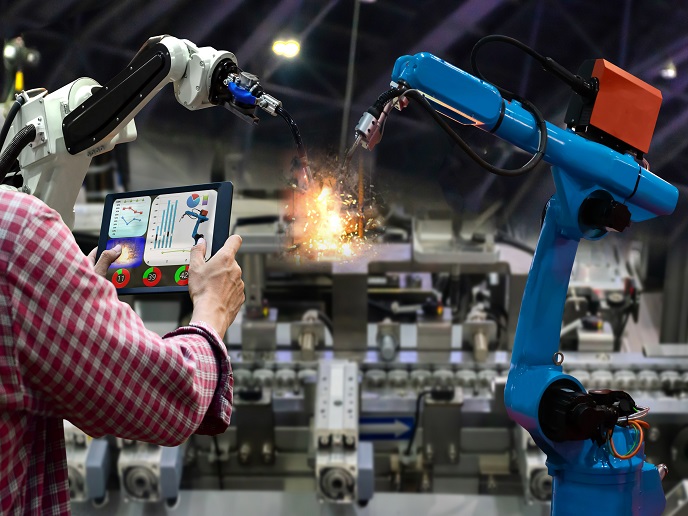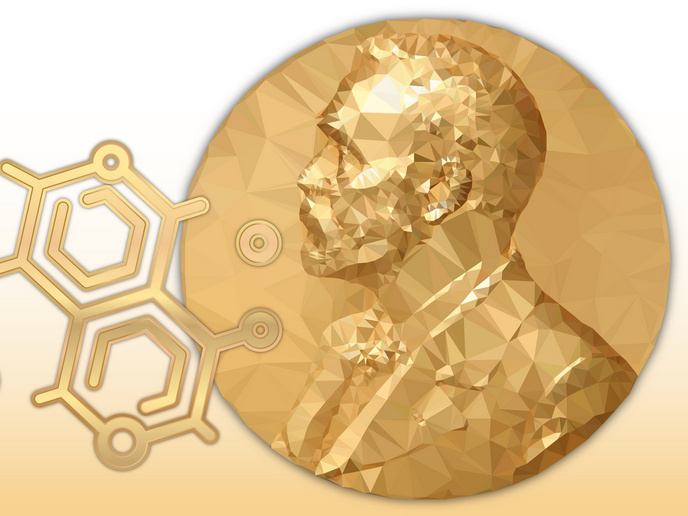Solid state lighting and Internet of Things recreates daylight indoors
Daylight plays a critical role in human health, wellbeing and productivity. However, three quarters of the European population now live in cities, with rapid urbanisation and increased population density leading to high-rise buildings that reduce access to daylight. The EU-funded ELLIOT project addressed this challenge by developing an ecosystem of interconnected and standardised spectrally-tuneable lighting devices that reproduce natural daylight, including changes over the course of a day. ”This is the first cost-effective technology that can emulate any light spectrum; even sunlight can be perfectly mimicked in interior and daylight-deprived spaces,” says Dr Josep Carreras, project coordinator and founder and CTO of Ledmotive Technologies.
Light engines developed
Researchers used independently controlled narrowband light emitting diodes (LEDs) as the basis for building light engines, the LED equivalent of a conventional lamp, capable of sculpting any form of light. The technology can record, process and play back any light spectral fingerprint in real-time, regardless of whether it is natural, artificial, or custom-made for a particular application. The light engines can also be programmed to positively influence health and productivity in different situations. “Thanks to our multichannel LED engines, any light spectrum can be mimicked (for example sunlight), while other red blue green-based technologies only cover a limited part of the spectrum,” explains Carreras. “It induces synchronisation with humans’ natural circadian rhythms to improve alertness, performance and mood, as well as responses to seasonal changes.” Researchers therefore designed and built a seven-channel multiwavelength LED module that spans the visible range without gaps in the spectral power distribution to give unprecedented spectral accuracy and a six-fold cost reduction compared to previous prototypes. They also developed a user-friendly IoT platform that not only controls the light spectrum, but also serves as a community site and provides tools for lighting designers and other end users.
A wide range of applications
The lighting system was tested under different scenarios, including a pilot carried out at ARUP Consulting Engineers’ offices in London. Here outdoor daylight was measured every second with a spectroradiometer, which measured both the wavelength and the amplitude of the light emitted from a light source and brought it inside the office in real time. An IoT spectrometer, located at the rooftop of the building, captured light from outdoors and fed it into the Ledmotive lighting system via the cloud, affecting the lighting directly inside the office. According to Carreras: “subtle changes in spectra outside were translated into subtle and smooth changes in spectra inside the office using what is believed to be the first office installation in the world, where outdoor daylight streaming from a spectrometer readout is fed into an indoor area.” ELLIOT thus paves the way for a new era in digital light, enabling a full spectral customisation even by non-expert users for a wide variety of market applications, such as human centric lighting for improved health and productivity, and horticulture, retail, and museum lighting, among others. “The project is expected to have a significant impact on the lighting industry, by providing a truly daylight technology,” Carreras concludes.
Keywords
ELLIOT, lighting, daylight, spectrum, Internet of Things (IoT), light engine, spectrometer, spectroradiometer







